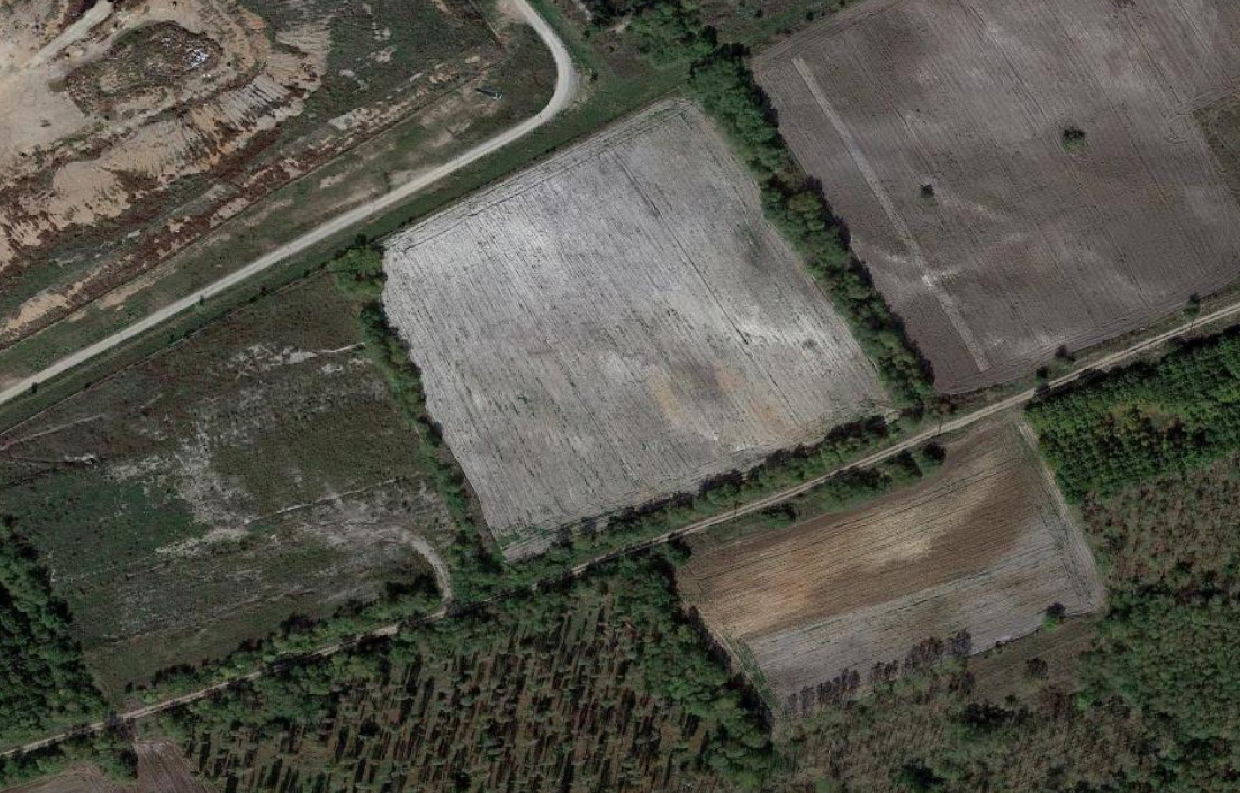
The map shows where the region is situated in Greece.

Western Macedonia
The map shows the Western Macedonia lignite mines. Some of the lignite mines are abandoned former lignite mines, which have left behind degraded and contaminated land, thus defining it as marginal land. The main biophysical constraint in the use case is contaminations in the soil with heavy metals amongst others. There are numerous negative effects of the contaminants due to alteration of physical, chemical, and biological properties of the soil. For an example, reduced soil fertility, toxic effects in plants and animals, reduction of soil stability and increase of the risk of erosion.
The planting of pseudoacacia (black locust) can have a significant impact on the marginality of a land in several ways. The ambition is to aid in the regeneration of the soil and promote the creation of new value chains that support abundant biodiversity. The biomass value chain will encompass participants from the wood industry, and small-scale cosmetic producers and possibly beekeeping farmers.


Former lignite mine
The abandoned former lignite mine site, situated approximately 20 km northwest from Kozani, is near a recycling centre and a landfill. Covering 20 hectares, the project’s primary objective is land rehabilitation and contaminant removal through phytoremediation, achieved by planting fast-growing trees alongside indigenous herbs such as lavender (intercropping).
Socioeconomic factors

High unemployment – The region experiences a significantly high unemployment rate, particularly among young people, which is one of the highest in Europe. .

Ageing population – The population in the area is aging, and there is a decrease in overall population numbers.

